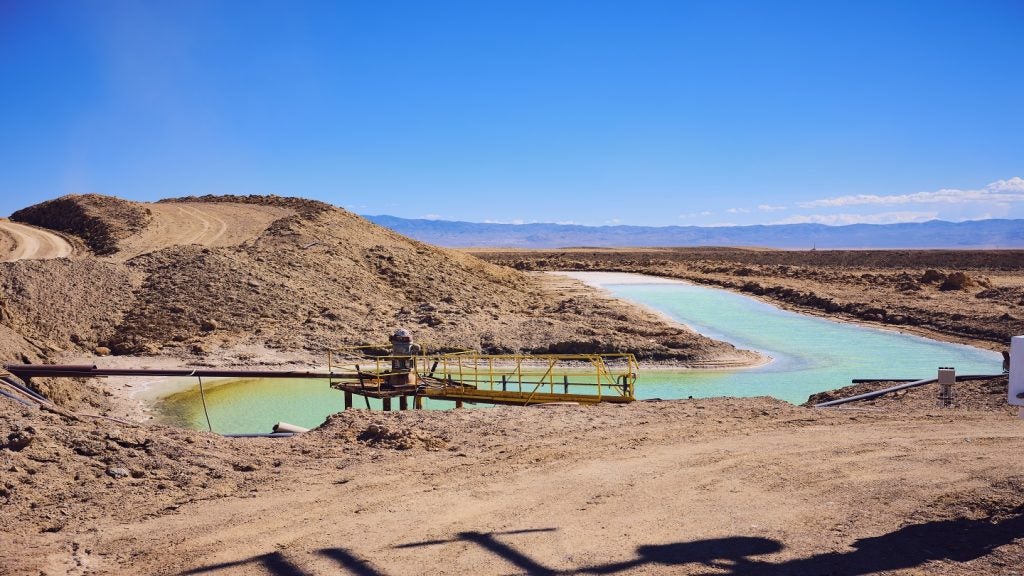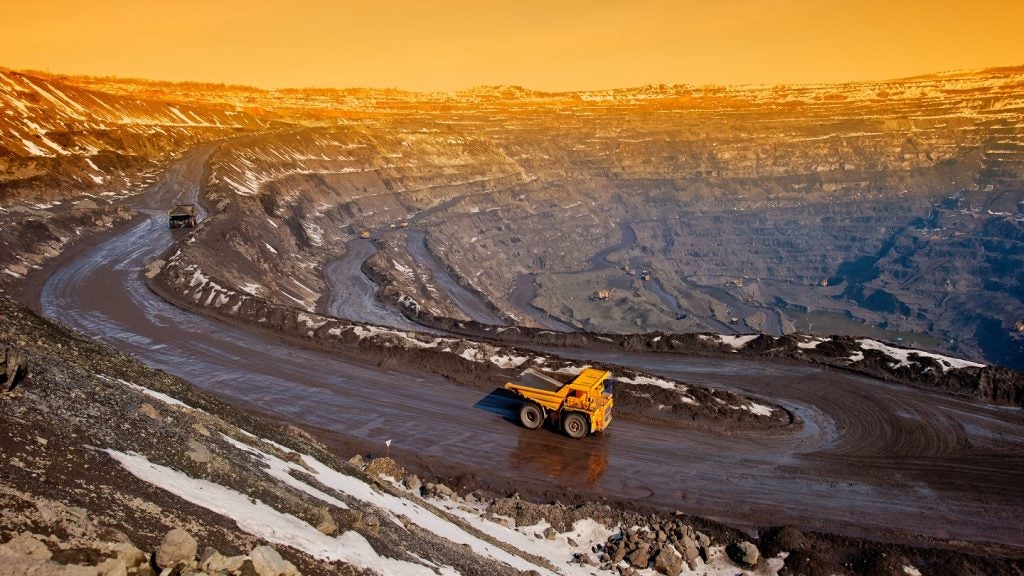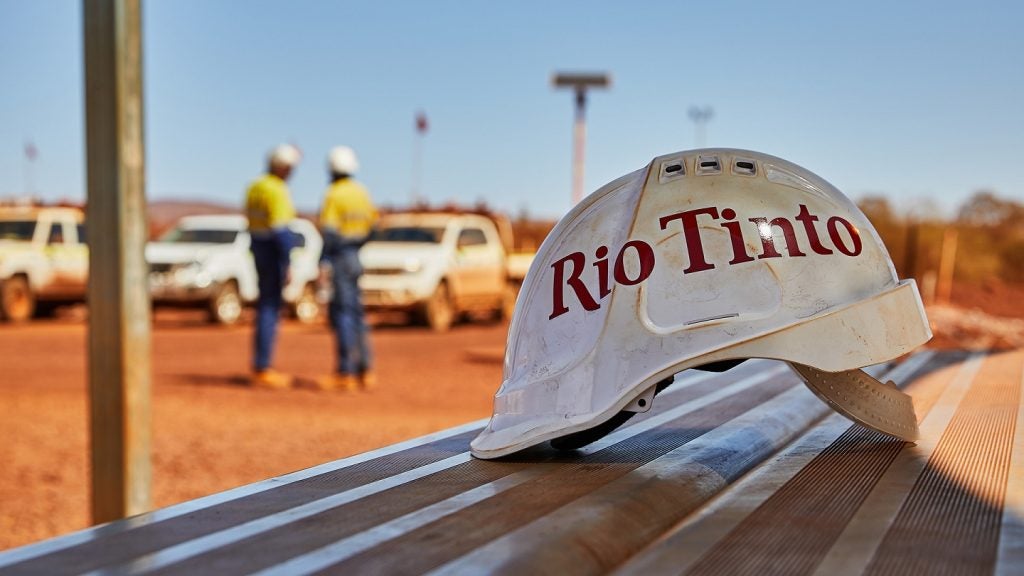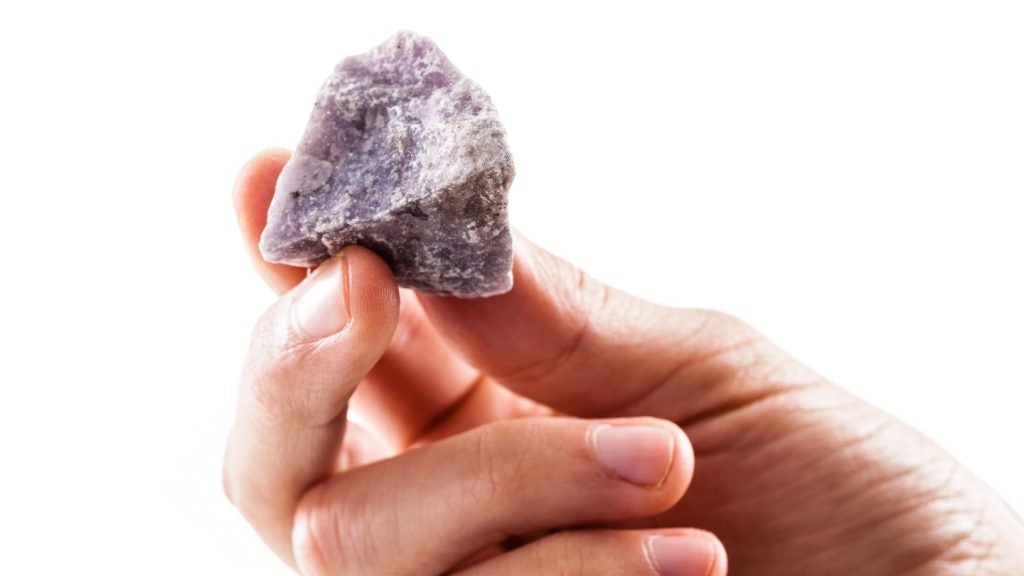
In July 2020, the Perseverance mission to Mars launched from NASA’s facility in Cape Canaveral. Five years earlier, three academics from the University of Sydney dug a sample of chert from the Australian outback. They had no idea that this piece of the Pilbara region in Western Australia would end up on Mars.
The sample came from a rocky ridge outside Marble Bar in the north-west of the area. Miners and geologists know these rock formations well, as they lie at the centre of debates over when life on earth began. Now, NASA hopes to use these rocks to find out if and when life on Mars ended.
The similarities between north-west Australia and Mars
Marble Bar claims to be Australia’s hottest town, with high temperatures of more than 40°C during average summer days. Within 100km, BHP’s Mount Whaleback mine and Rio Tinto’s Mount Tom Price mine dig iron ore from the arid earth.
Outcrops in this area contain some of the oldest intact rock formations known to geology, unaffected by earthquakes or volcanoes. Within these cross-sections of prehistory, patterns of stacked ridges caused big debate among geologists.
These patterns resemble mounds shaped like mushrooms, standing out against other sedimentary layers. Geologists know these mounds as stromatolites, mushroom-shaped rocks produced by bacteria excreting layers of stone over thousands of years. Their presence in these rocks gives proof of life on earth 3.5 billion years ago.
In 2006, when Dr Abigail Allwood et al published their paper on the formations, some academics remained sceptical. Over the next three years, Allwood and her team developed an x-ray tool to detect tiny chemical traces within the rocks.
How well do you really know your competitors?
Access the most comprehensive Company Profiles on the market, powered by GlobalData. Save hours of research. Gain competitive edge.

Thank you!
Your download email will arrive shortly
Not ready to buy yet? Download a free sample
We are confident about the unique quality of our Company Profiles. However, we want you to make the most beneficial decision for your business, so we offer a free sample that you can download by submitting the below form
By GlobalDataAllwood told ABC: “I came over [to NASA’s Jet Propulsion Laboratory] to work with them to figure out what it was that I needed to do to really nail this.
“For me, this was everything. For the rest of the world it was, ‘What? You already showed it with the [science journal] Nature paper.”
This tool would conclusively prove the structures as stromatolites in 2009, moving the timeline for the existence of life on Earth. The analysis tool then developed into the Planetary Instrument for X-ray Lithochemistry (PIXL), now mounted to the Perseverance Rover. Allwood works at NASA as the tool’s principal investigator, using it to investigate similar rocks on another planet.
How Australian stone will help analyse the history of Mars
The PIXL tool will examine the chemical composition of the rock and dust mixture on Mars’ surface, known as regolith. The rover will explore the Jezebel Crater, where rocks formed approximately 3.5 billion years ago. This roughly matches the age of rock formations near Marble Bar.
In some ways, the areas have a similar history. The previous Spirit rover identified signs of hot springs on the planet, just as the Pilbara’s volcanic pools gave the right conditions for bacteria to form stromatolites. It is also no coincidence that the rust-red colour of the Australian chert is also similar to that of Mars.
The chert rock contains a very low concentration of uranium, alongside grains of pyrite. These indicate a low presence of oxygen when the rocks were formed, but this in turn doesn’t add up.
University of Sydney associate professor Patrice Rey told Australian Mining: “The fact it is red is very significant. The red colour in that chert came from a few percent of hematite, which is an oxidised form of iron hydroxide. And this shows that free oxygen was available to produce the hematite.”
The oxygen concentration in Earth’s atmosphere, and therefore in its rocks, has changed over millions of years. It acts as an indicator of the amount of life on the planet, and its volcanic activity. The sample’s rusty colour comes from oxygen, which could have come from several sources.
A statement from the university continues: “There is debate on the origin of the hematite and its significance for the oxygenation of the Earth. This hematite could have formed in-situ in a deep, oxygenated body of water.
“Alternatively, it could have been formed in shallow pools where oxygen-producing cyanobacteria thrived, before being transported into deeper, oxygen-free water. Lastly, it could have formed well after the deposition of the chert, via the oxidation of much older ferrous oxide.”
Given the rock’s similarity to those on Mars, these theories give an insight into the planet’s geological history. If the Australian rock sample may once have lay underwater, what can it say about the history of Mars?
“It’s a perfect analogue to what we expect to find”
The rock sample from the Pilbara now sits in a calibration reference grid with several other samples. It will accompany the rover across the surface of Mars, allowing it to regularly calibrate its instruments against a known substance.
The recognisable “eye” on the top of the device will use a laser to take regular readings from the sample, allowing the NASA team to gather the most precise data possible.
Water still exists on modern Mars, frozen just beneath the surface. The Perseverance team chose to investigate the Jezebel Crater partly because of its geography, which hints at a dried-up river and lake. Knowing the chemicals, structure, and history of its reference sample, the rover can compare the stones of Pilbara and Jezebel to better understand the history of Mars.
Rey gathered the sample with two of his colleagues. He said: “That little piece of rock we sent to Mars is a perfect analogue to what we expect to find. We couldn’t have sent a more perfect sample for the Perseverance mission and we were really excited that they chose ours. I’ll be really surprised if we don’t discover [more signs of ancient life].”







